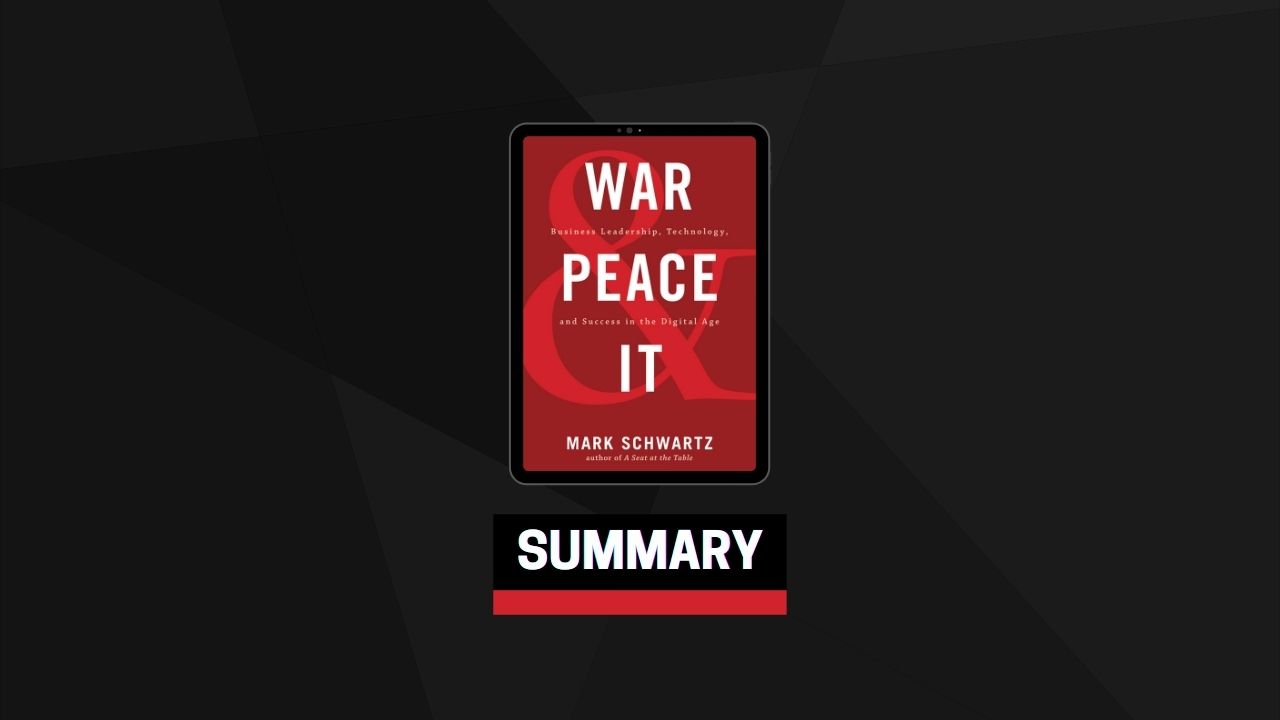To compete in a digital world, you must engage the IT department in determining and fulfilling business objectives. IT cannot be accountable merely for producing IT products as “required,” but instead must be given, and must assume, accountability for business outcomes. Your IT technologists are your colleagues and allies in times of digital disruption.
Complexity And Uncertainty
As enterprise change agents, we must understand that we’re dealing with a complex system, where changes in one location might have unpredictable effects in another. In his article “Responsible Change,” Christopher Avery talks about “provoking and observing” as the way to cause change within a complex adaptive system:
We can never direct a living system, only disturb it and wait to see the response. . . . We can’t know all the forces shaping an organization we wish to change, so all we can do is provoke the system in some way by experimenting with a force we think might have some impact, then watch to see what happens.
To work effectively in the digital world, you must first accept complexity and uncertainty, for they demand a very different approach to carrying out initiatives. A predictable world rewards advance planning and rigid plan execution. But a complex and uncertain world rewards an empirical cycle of trying, observing, and correcting.
Agility And Leanness
In the past we’ve talked about making sure that IT is aligned with the business. But this is where the enterprise might want to align with IT. To gain the business benefits of DevOps and Agile practices, it must streamline all of its organizational processes, of which IT work is a part. Investment oversight, procurement policy, requirements formulation, and risk management are areas where companies can vastly reduce waste and lead times while actually improving controls. Until they do so, they’ll be sacrificing the speed and fast feedback that DevOps brings.
Think carefully about what success looks like. In the digital world, it looks like speed, flexibility, controls, and leanness—not like making plans and following them. It’s these new IT practices that will bring you those benefits. They have already brought them to the many other enterprises that have started down the path and, in some cases, disrupted industries.
The Business Value Of IT
IT investments don’t just produce operational capabilities. As you embark on the digital transformation, it’s important to consider their strategic benefits as well. This is difficult if you consider only the immediate cash flows the investment generates. IT investments made to cultivate new growth opportunities, for example, will be hard to fund because they’ll never seem to have as good a business case as those that increase profit in existing business lines.
Clayton Christensen shows in The Innovator’s Dilemma: When New Technologies Cause Great Firms to Fail that the traditional best-practice approach to valuing investments has resulted in the demise of a number of leading companies by causing them to miss the emergence of new market categories.
The Off-Balance Sheet Asset
three assets—technical, organizational, and data—has immediate value in generating cash flows today, and latent value in generating cash flows in the uncertain future. Together these assets reinforce one another to provide nimbleness that enables organizations to seize opportunities as they arise and to create opportunities through innovation.
IT strategy, then, is a matter of incrementally investing in these three assets—rather than one of investing in projects or products. That older way of thinking led us to make large commitments rather than seeing the value of small, incremental changes to the IT estate. It also led us to ignore the complex interactions between IT systems. Finally, it took our attention off a very important source of business value—the agility of our infrastructure and its ability to meet emerging business needs in a fast-changing environment.
Instead, digital transformation requires you to take a holistic view of your enterprise’s IT and organizational states. When you do, your transformational process becomes low risk: it’s incremental and consists only of improvements to assets you already own.
Risk And Opportunity
Entering the digital world doesn’t really mean taking more risks, though some people speak of it that way. It’s rather a matter of correctly understanding what the risks are, then relying on fast feedback and hard data to mitigate them in a different way than we have in the past. Properly understood, fear of the new is not a risk at all.
The job of the change agent becomes much easier when you stop suggesting that your enterprise take more risks. Instead, you can carefully identify the real risks and craft an Agile strategy to manage them.
Bureaucracy And Culture
Bureaucracy is not the enemy of digital transformation. It’s merely a codification of how an enterprise has operated until now. Bureaucracy has evolved along with the enterprise in order to solve problems it has encountered, to provide necessary controls, and to enforce what the enterprise has found to be best practices.
the purpose of digital transformation is to build a new bureaucracy—one that’s highly automated and consequently Lean, and that enforces the good practices we’re trying to put in place.
Similarly, organizational culture is not an obstacle—it’s another form of institutional memory that provides good information about how a company has chosen to solve problems. Our goal is not to eliminate its culture, but to reset it so as to support our transformed world. We can’t mandate culture change, but we can provide better solutions and let them be naturally incorporated into a company’s culture.
Planning And Reporting
Primarily, IT’s success is measured by that of the company. Since IT is meant to support business initiatives and operations, it’s successful to the extent that it supports them well. If business objectives are cascaded down to multi-functional teams that include both business and IT people, then it’s the success of these teams that really matters. That’s hard to break down into its IT component. And since IT is responsible for maintaining the agility of its systems and processes so the company can be agile in the future, it’s the long-term success of the company that reflects IT’s performance.
When we look at improving IT processes, the important metric to focus on is lead time from concept to delivery. Notice that much of that is external to IT or at the boundary where IT meets the rest of the business. Then again, why should that matter, since it’s internal to the business as a whole and IT is an integral part of the business?
Lead time is a very important metric because reducing it:
- means removing waste from processes (this leads to cost reduction and improved employee morale);
- reduces time to market for new products, and time to value for investments that affect internal users;
- lets a company quickly try out ideas and get feedback on them, thereby increasing innovation and fit-to-need;
- means coming closer to delivering as soon as possible;
- reduces risk by reducing work-in-process (the amount of investment risk at any moment);
- and helps keep systems more secure (the IT team will be able to respond to emerging threats more quickly, patch software more quickly, and respond to incidents more quickly).
Lead time is speed, and speed is essential in an environment of uncertainty.
Action Plan
The surest way to fail at a digital transformation is to let it languish while you try to make risk vanish by planning. A hesitant, slow approach to transformation sends mixed messages when you’re trying to encourage your organization to move to a fast-paced, continuously innovative way of doing things. As John Kotter says in A Sense of Urgency:
“What is the single biggest error people make when they try to change?” After reflection, I decided the answer was that they did not create a high enough sense of urgency among enough people to set the stage for making a challenging leap into some new direction.
Employees will be nervous in the face of transformational change. You can help overcome that nervousness with a steady hand, a clear vision, and a commitment to the urgency of transformation.


